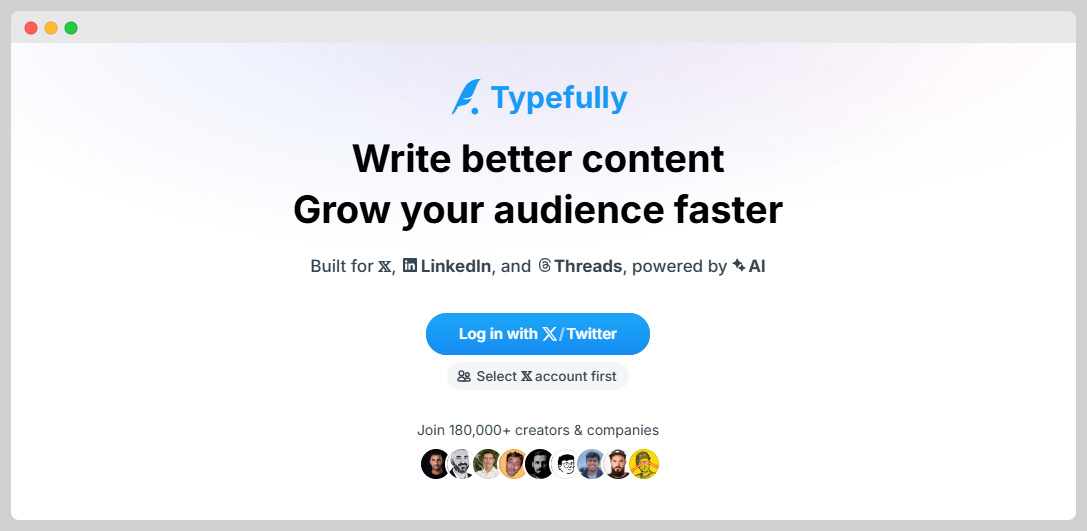How Two Friends Grew a Twitter SaaS to $1.4M ARR
Who are you and what business did you start?
I'm Francesco Di Lorenzo (also known as Frank) and, together with Fabrizio Rinaldi, I co-founded Typefully. We are both Italian 🇮🇹 but met through Twitter in 2011. We both have a background in technology and app development, having previously collaborated on various projects including Mailbrew.
What problem does your business solve?
Typefully solves the problem of cluttered and inefficient Twitter content creation by providing a simple, distraction-free platform that helps users write, schedule, and analyze engaging threads. This is crucial for content creators who want to enhance their Twitter presence without the hassle of juggling multiple tools, making Typefully a go-to option for those who value streamlined, creative efficiency.

Founder-Market Fit

Download the report and join our email newsletter packed with business ideas and money-making opportunities, backed by real-life case studies.

Download the report and join our email newsletter packed with business ideas and money-making opportunities, backed by real-life case studies.

Download the report and join our email newsletter packed with business ideas and money-making opportunities, backed by real-life case studies.

Download the report and join our email newsletter packed with business ideas and money-making opportunities, backed by real-life case studies.

Download the report and join our email newsletter packed with business ideas and money-making opportunities, backed by real-life case studies.

Download the report and join our email newsletter packed with business ideas and money-making opportunities, backed by real-life case studies.

Download the report and join our email newsletter packed with business ideas and money-making opportunities, backed by real-life case studies.

Download the report and join our email newsletter packed with business ideas and money-making opportunities, backed by real-life case studies.











